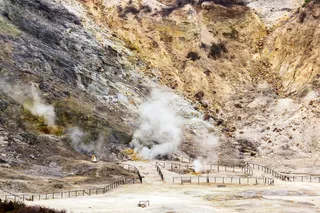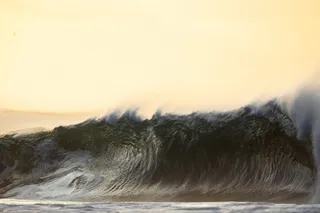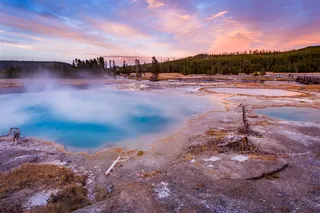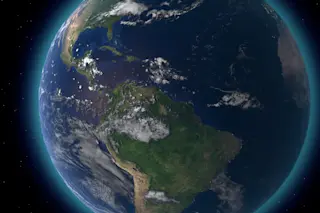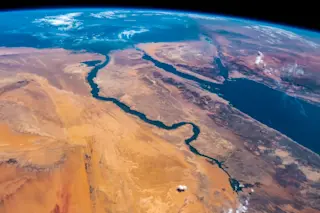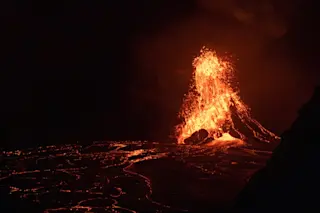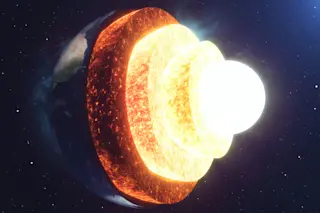A view across the Campi Flegrei caldera at Pozzuoli. Wikimedia Commons. Most people would think that it would be hard to hide the evidence of a massive volcanic eruption. It shouldn't be hard to track down the source of tens of cubic kilometers of ash and debris because it should just get thicker and thicker until you reach the volcano that disgorged the mess. Yet, somehow, it isn't that easy. We live on a geologically active planet where all the processes of weather, tectonics, volcanism and more can quickly disassemble the deposits of an eruption -- even a giant one -- to the point where it might be challenging to pinpoint the source. One such example is a layer of ash found around the northern coast of the Mediterranean called the Y-3 ash. Some Y-3 ash had been dated to ~28.6 to 29.4 thousand years ago and the ash itself ...
Campi Flegrei in Italy Adopts an Orphan Massive Eruption
Explore the Campi Flegrei caldera's explosive eruption history and the newly identified Masseria del Monte Tuff.
More on Discover
Stay Curious
SubscribeTo The Magazine
Save up to 40% off the cover price when you subscribe to Discover magazine.
Subscribe




